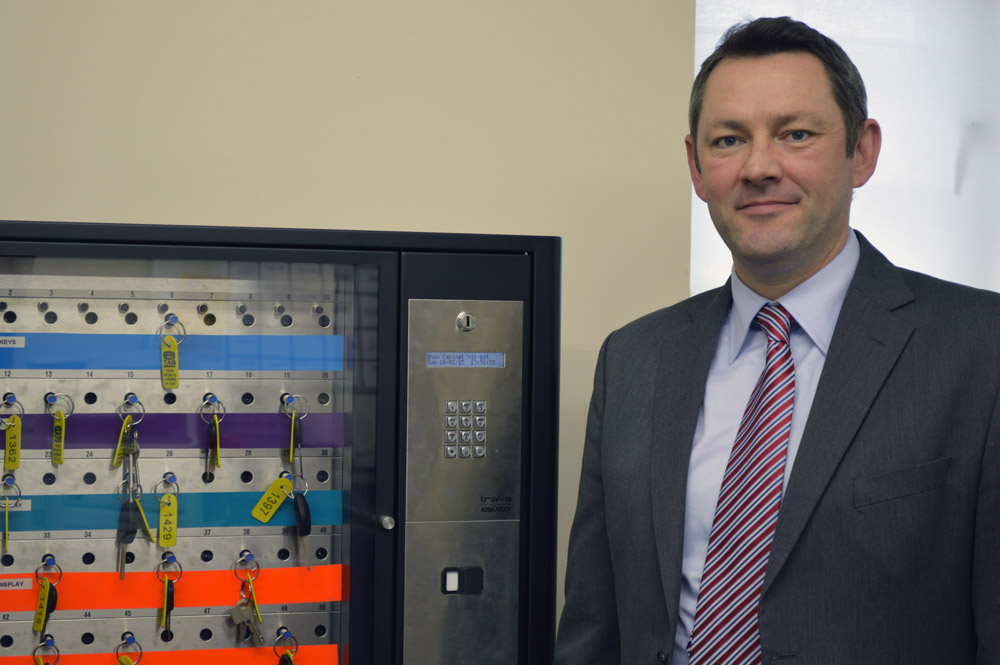VOLKSWAGEN Audi Group vehicles appear to have been the most adversely affected by the new WLTP emission test requirements.
These call for no new vehicles can be sold unless they have been tested using the tougher and more time-consuming WLTP requirements alongside Real Driving Emissions (RDE) testing.
Volkswagen test stations in Wolfsburg and Fallersleben have been working around the clock for months to put all news cars through WLTP and RDE testing.
Paul Smith, managing director of Traka Automotive said: “VW has detailed its new testing regime in some detail and it’s very onerous. Each vehicle being tested is secured on a roller dynamometer and 30-minute WLTP driving cycle completed. At Wolfsburg they operate a three-shift system virtually right around the clock across 21 dynamometers.”
WLTP demands a fixed driving cycle with a series of phases of acceleration, deceleration and stopping including frequent braking and accelerating.
Smith added: “The course that the tester has to work through is 23 miles long with average speed of 47 km/h – considerably higher than the previous New European Driving Cycle (NEDC) tests that preceded WLTP.
“Cycle phases driven cover low, medium, high and extra-high cycles so that the final phase sees the cars tested for emissions while driving 7.7 km in 5 minutes 38 seconds (or 323 seconds), running at top speed of 131.3 km/h and average speed of 94 km/h (i.e. motorway driving speeds).”
All VWs are then being transferred to VW’s RDE test centre in Fallersleben where there are 10 test stations for mobile exhaust measurement.
During RDE, cars are tested for 90-120 minutes on the road with a 50kg mobile measuring device attached to each car’s exhaust system to measure emissions accurately while being driven around. A total of 22 people are working full-time there on completing these test drives and calibrating equipment after each test.
Smith said: “To give you an idea of what the new test is producing in terms of emissions results, it’s worth looking at Autovista’s numbers.
“They ran NEDC versus WLTP comparison tests on a specific variant of a premium-brand D segment model that is a popular choice for fleet buyers and found that model has C02 emissions ranging from 152-166g/km as measured by WLTP test whereas NEDC test on the same variant generated emissions of just 124-136g/km. It goes without saying these sorts of changes will have tax liability implications which will amount to a significantly larger tax bill for fleet owners.”
Each model variant has to be tested separately as every spoiler, set of low profile tyres, panoramic roof etc. which affects weight, aerodynamics and roll resistance, needs to be checked for additional emissions rating as well.
Smith said there is a great deal of speculation that the prestige OEMs will push to rationalise their ranges in view of the new highly onerous testing requirements and BMW has already announced plans to reduce engine variants and equipment options.
Smith added: “Anecdotally, we’ve heard that several popular VW 68 plate vehicles are simply not available in the UK. The same goes for some Audi models.
“By contrast both Mercedes Benz and BMW announced that their new stock was all WLTP-compliant by July. Non-availability of cars in a plate change month is a bigger problem that it used to be because PCP purchases will hit their 3 or 4 year contract end dates this month.
“If customers can’t trade into a new car because it’s not available that’s going to force brand defections.







Leave A Comment